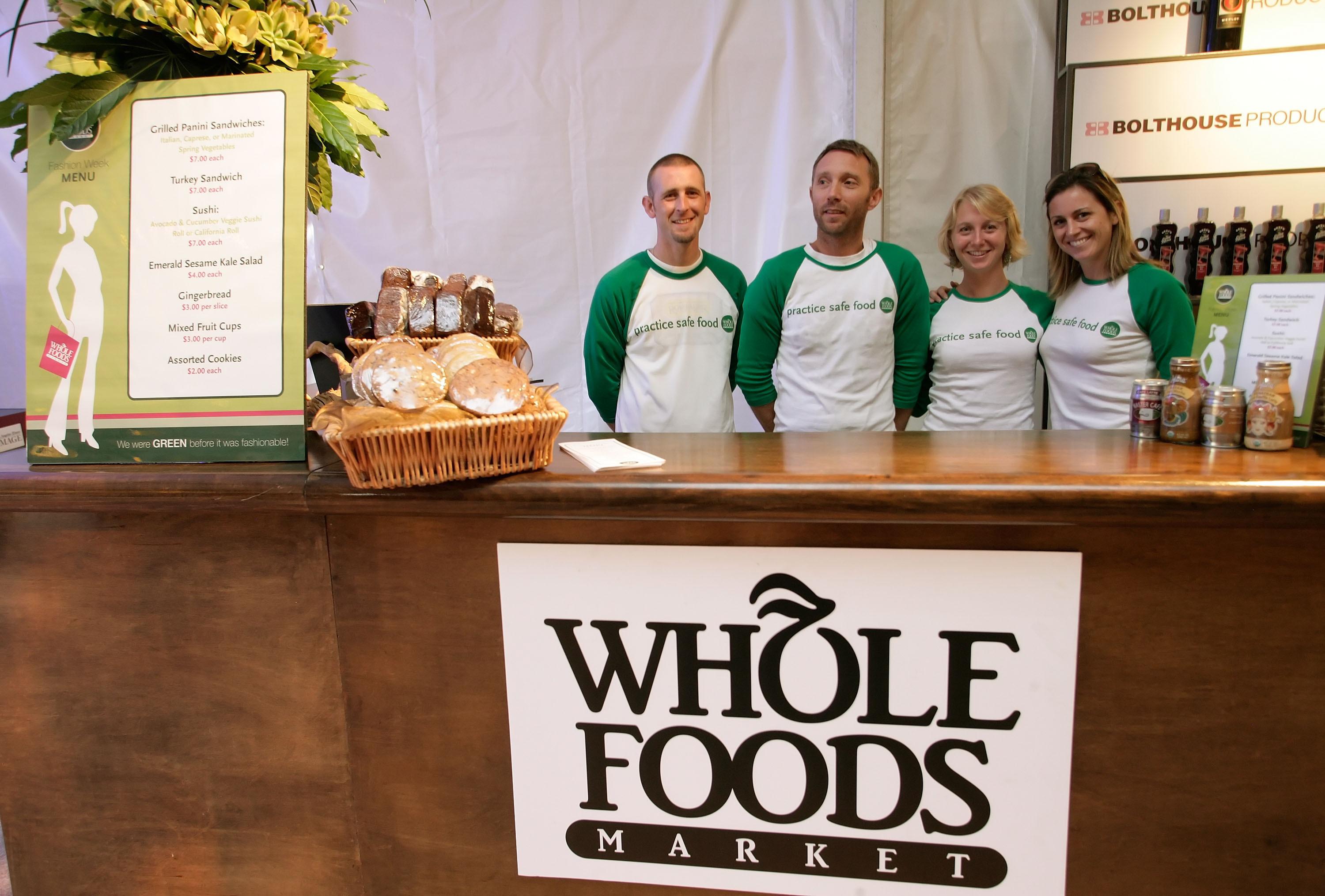Stephanie Strom’s article about how Whole Foods is finding success in markets like Boise that are a bit outside the stereotypical yuppie corridors reminds me of a wonky point—one important reason to think central banks should focus on nominal income and nominal GDP rather than inflation is that “inflation” is harder and harder to define the more you move to an advanced service economy.
For example:
Two years ago, when Whole Foods announced that it wanted to expand to 1,000 stores from a little more than 300 and open in places where it was assumed that consumers had never heard of kale and wouldn’t dream of spending $6 for a pound of humanely raised pork, some investors scoffed. Its traditional grocery store competitors snickered at the strategy. And even those on Wall Street enamored with the chain’s success expressed doubts that its forays inland into smaller, less urban markets would succeed.
[…]
Anne Madsen had come hoping to find baby artichokes for a recipe she wanted to try. She was not disappointed. “I do shop at regular groceries, but I like organic products and often am looking for things that are a bit unusual,” Ms. Madsen said.
On a conceptual level, there’s a huge economic difference between people buying more expensive pork because the more expensive pork is better and people buying more expensive pork because the price of pork is rising. But the question of whether or not humanely raised organic pork is “really” better than factory farmed pork does not strike me as especially something the Bureau of Labor Statistics is well-equipped to answer. From one vantage point, rising interest in local sourcing, organic production methods, and other snazzy fads is just a negative supply shock to the economy—people are turning their backs on efficient production methods. And naturally if that happens you’ll see a rising price level, and stagnant living standards. But if you think these fads are popular because they’re better, then it’s a sign of rising living standards.
You can try to sort of recursively define this in the sense of “if people are shopping there it must be better.” But that’s not right. When I lived on the same block as a Safeway, I very occassionally shopped at Whole Foods. Now that I live two blocks from a Whole Foods, I shop there much more often and my grocery costs have risen. I’m paying more, and the product is arguably higher quality, but I’m not paying for the quality—I’m paying because I’m lazy.
There is a lot more organic food being eaten in 2013 than there was 25 years ago. Has that improved or lives or just been a waste of time and money? I don’t think there’s an unequivocal answer to that kind of question, which is a reason for policymakers to put more weight on broad nominal variables and less weight on the statistical calculation of the price level.
